P r o c e s s
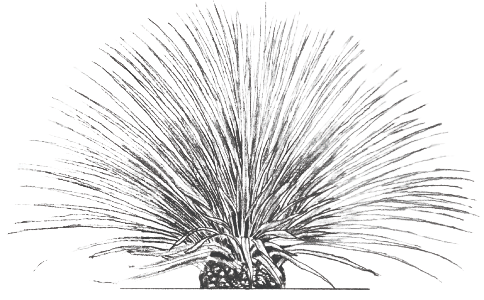
Process
S o t o l P a r e j o
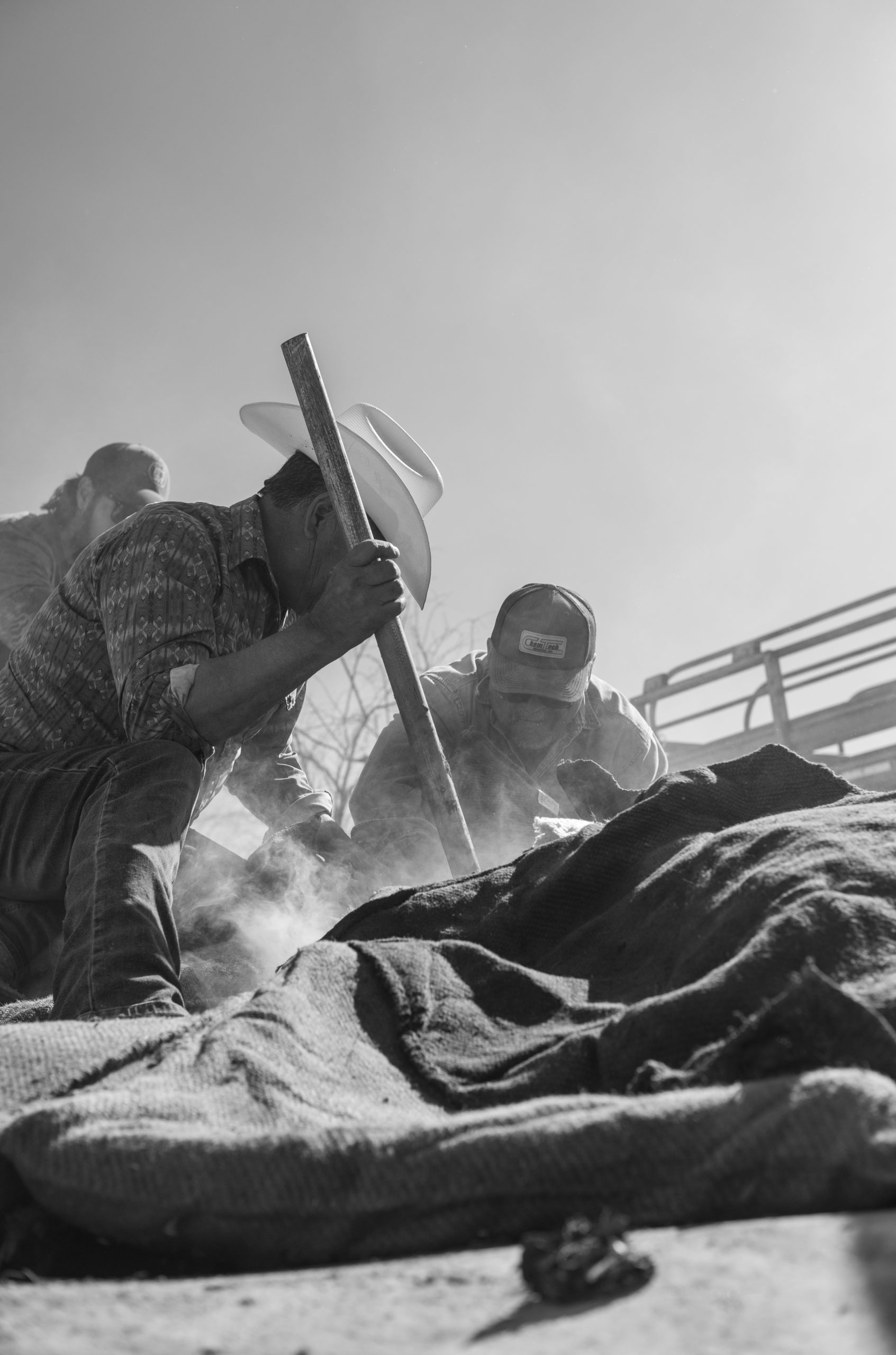
Process
1 . H a r v e s t



Process
2 . C o o k i n g
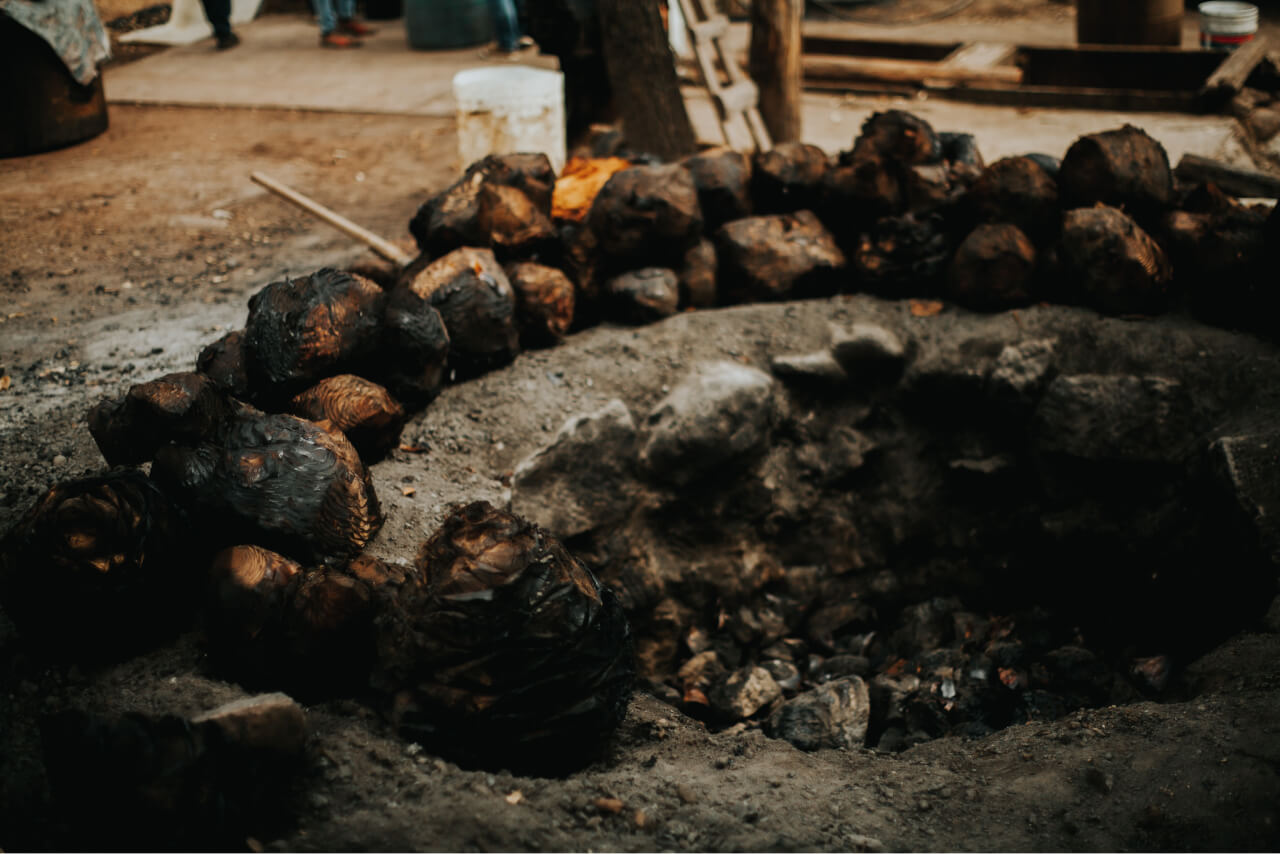
Once the plants are cut, they are collected and transported to the distilleries, where the plants are cooked to transform the sugars in the piñas (hearts). The cooking is done in a traditional cone-shaped stone oven. The oven is fired using wood, and the type of wood used depends on the region (this information is on our bottles). Once the temperature drops and enough embers are generated, the piñas are thrown onto the volcanic stones that line the oven. It is very important to do this at the right moment to ensure uniform cooking of the plants throughout the oven. Then the piñas are covered with palm leaves and natural fiber blankets. Finally, the oven is completely buried, leaving a tube in the center to add water. The water helps generate steam and ensures more even cooking of the piñas. The master adds water twice a day. The cooking lasts between 3 to 5 days, depending on the season.
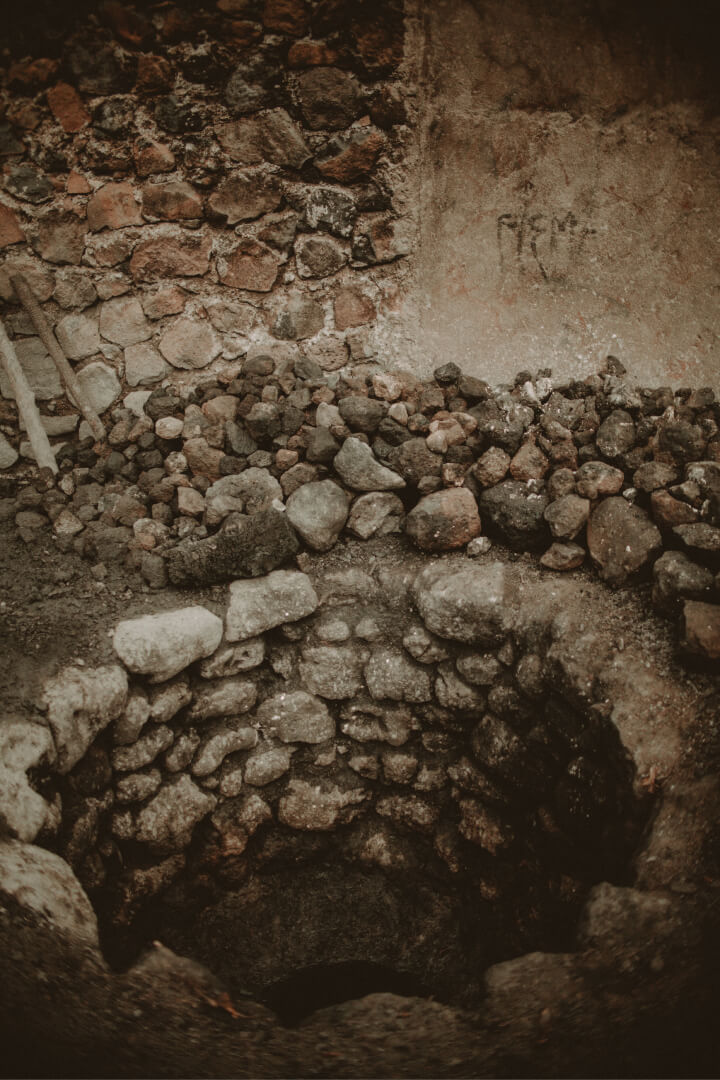
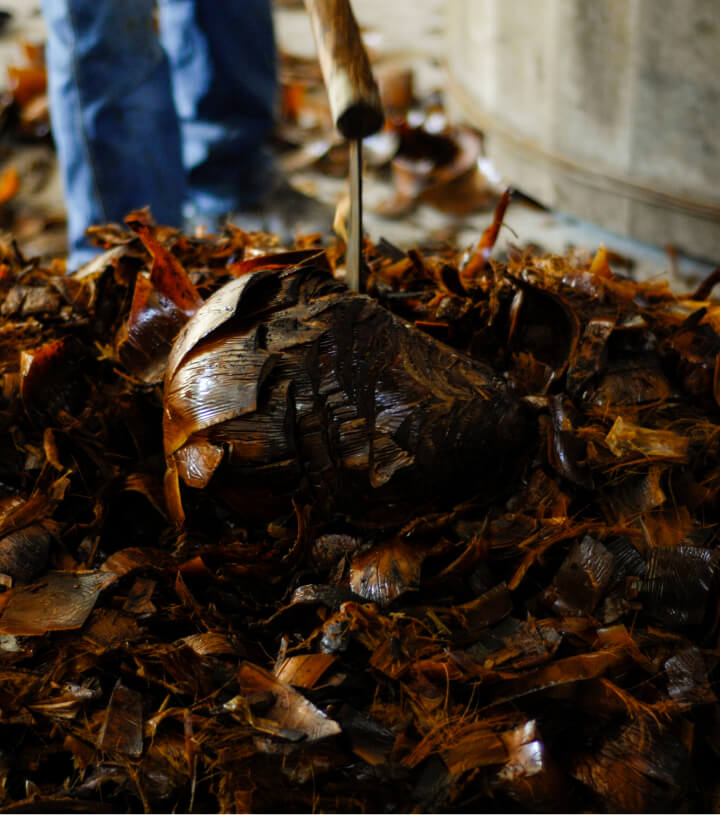
Process
3 . G r i n d i n g
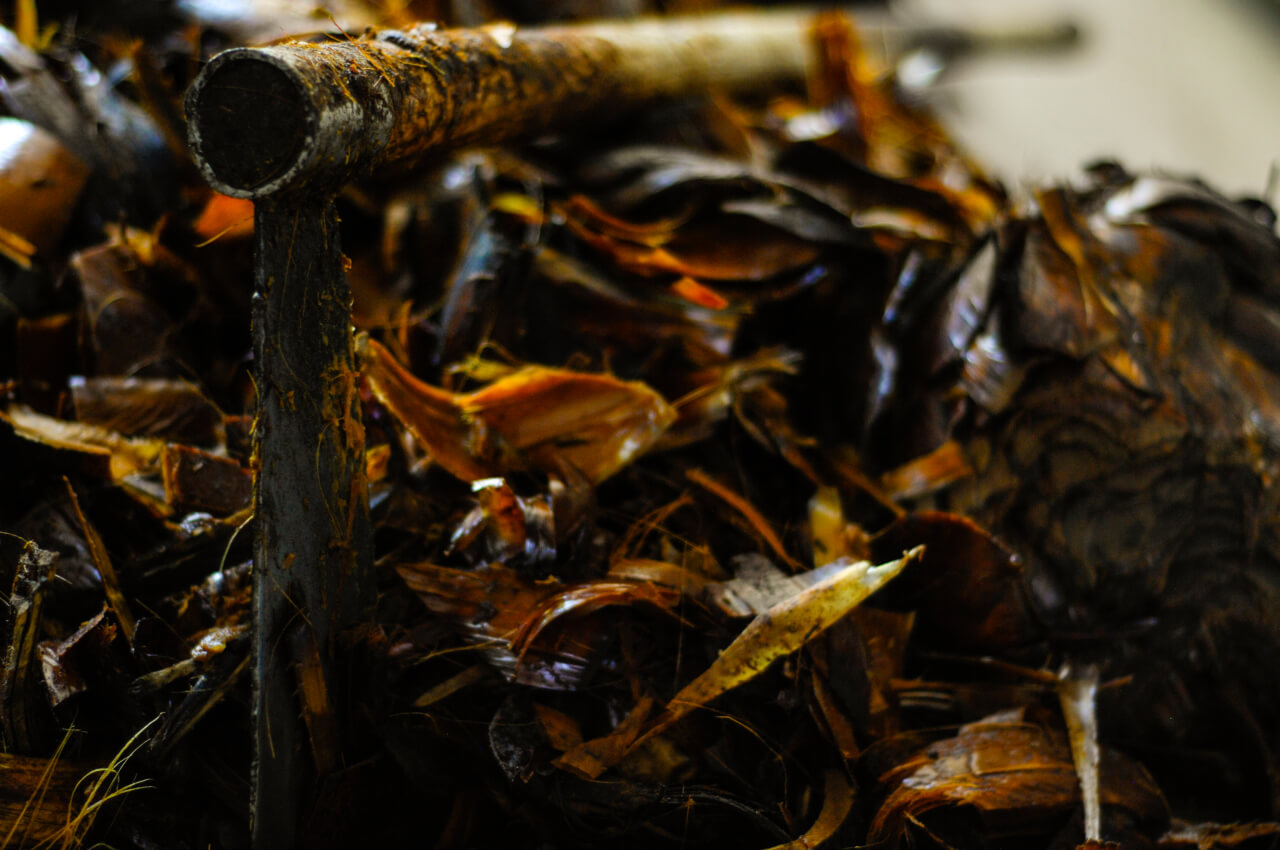


Process
4 . F e r m e n t a t i o n
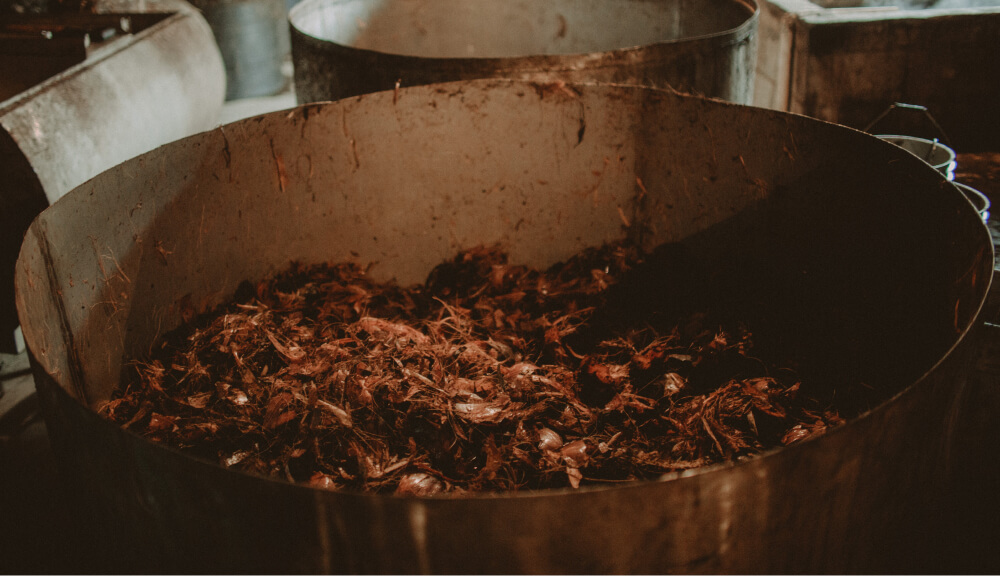
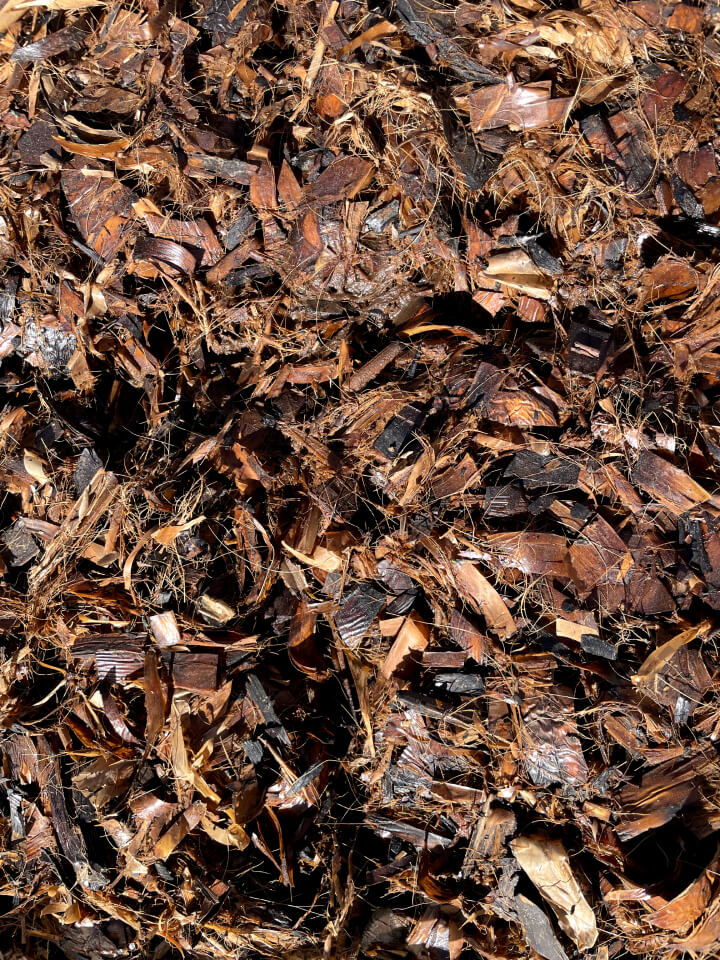
Once the piñas are ground, we collect the fibers and the juice they release in fermentation vats, the material of which varies depending on the master. The fibers are left to rest in the vats for approximately 3 days, depending on the season. Then water is added to better distribute the microorganisms and start the fermentation. Depending on the season, the fermentation lasts between 5 to 8 days. The Arrieta brothers customarily make a cross with their hand when adding water to bless the ferment, a tradition they learned from their grandfather.
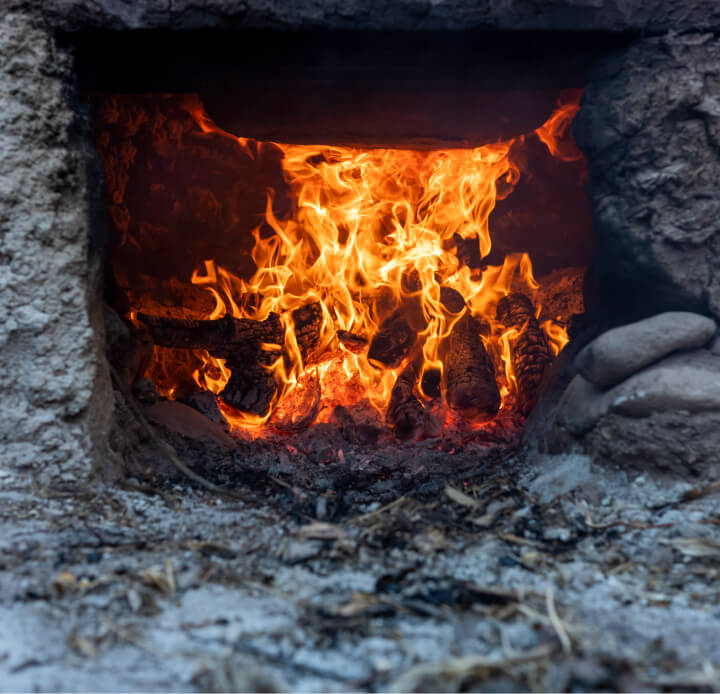
Traditionally, it is distilled twice. The first distillation is known as ‘vino’, and during the second distillation, cuts are necessary. Typically, the master removes the first part that drips from the still to eliminate unwanted components in the final product. Then, the body of the distillation is collected, making the second cut. Depending on the master, the tails, or the third cut, are collected or not.
Process
5 . D i s t i l l a t i o n
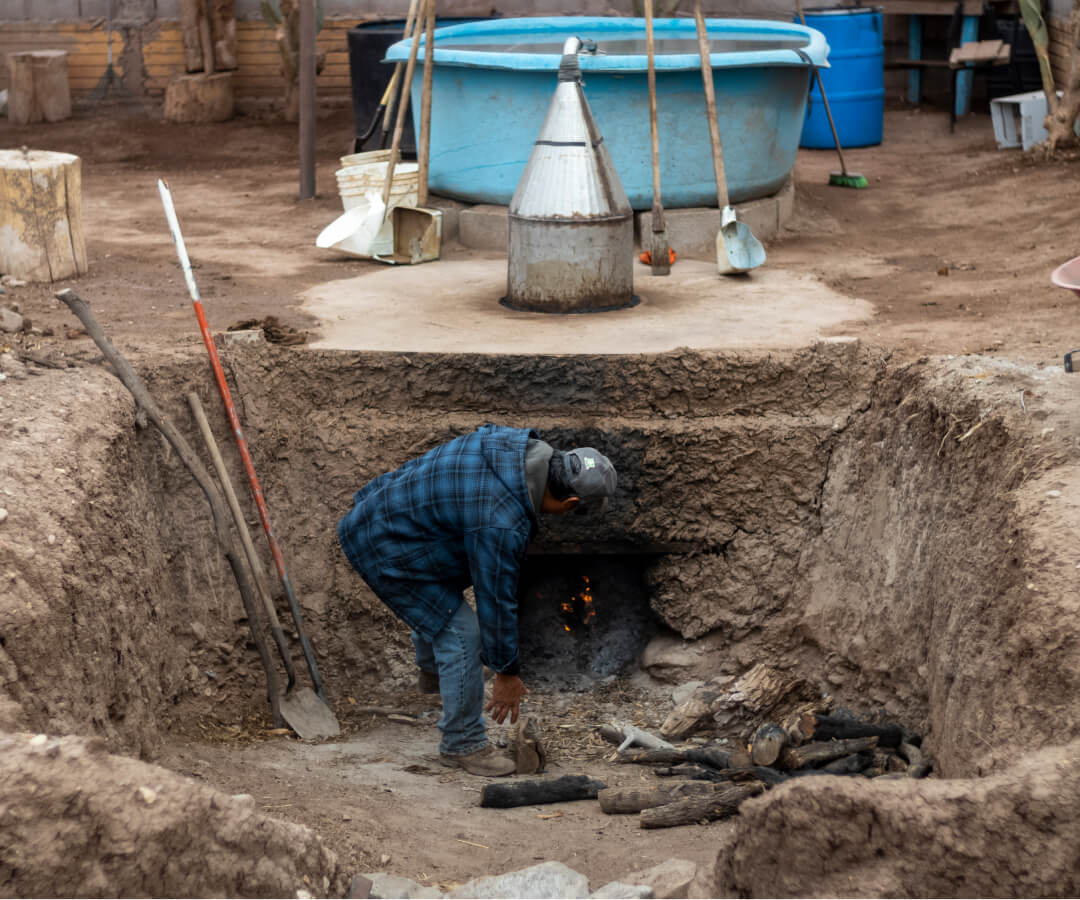


Process
6 . A B V a d j u s t m e n t
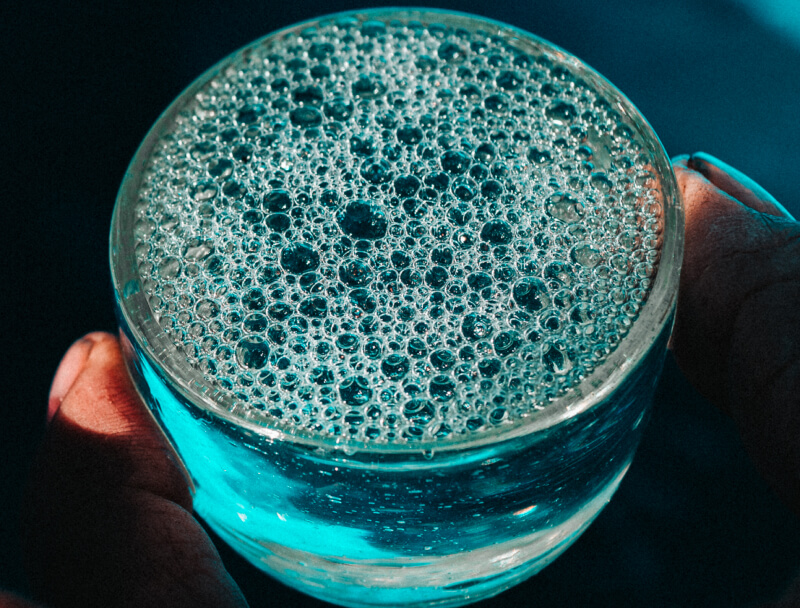
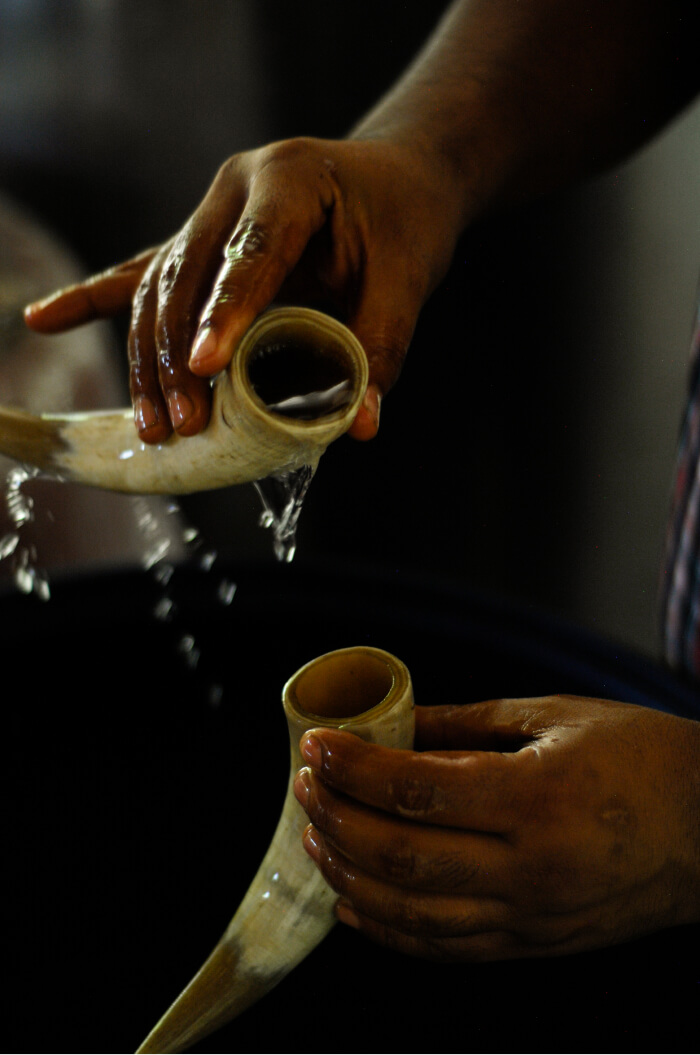
The adjustment of alcoholic strength brings us to the story of the word PAREJO. The adjustment is made with water and tails, water, or just tails, depending on the master (our bottles indicate the method used). The adjustment is made to reduce the proof. The distillers use two cow horns to measure the proof. This art is known as “emparejar”, where they add water and stir the distillate, then “cuernean”, passing the distillate from one horn to the other, observing the size of the pearl, its duration, and how it opens. If the pearl is large and disappears quickly, this means the proof is high, so more water needs to be added. Once the pearl is of medium size, opens from the center to the edges of the horn, and its duration is long, that is when the master says the sotol is PAREJO.
